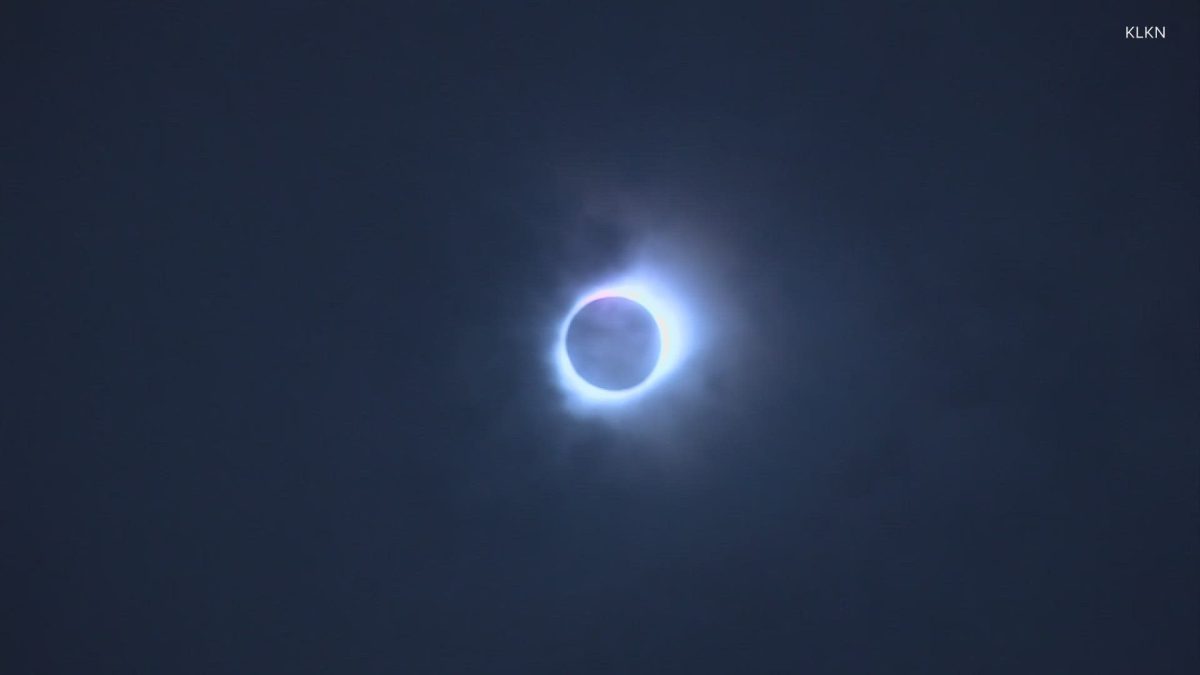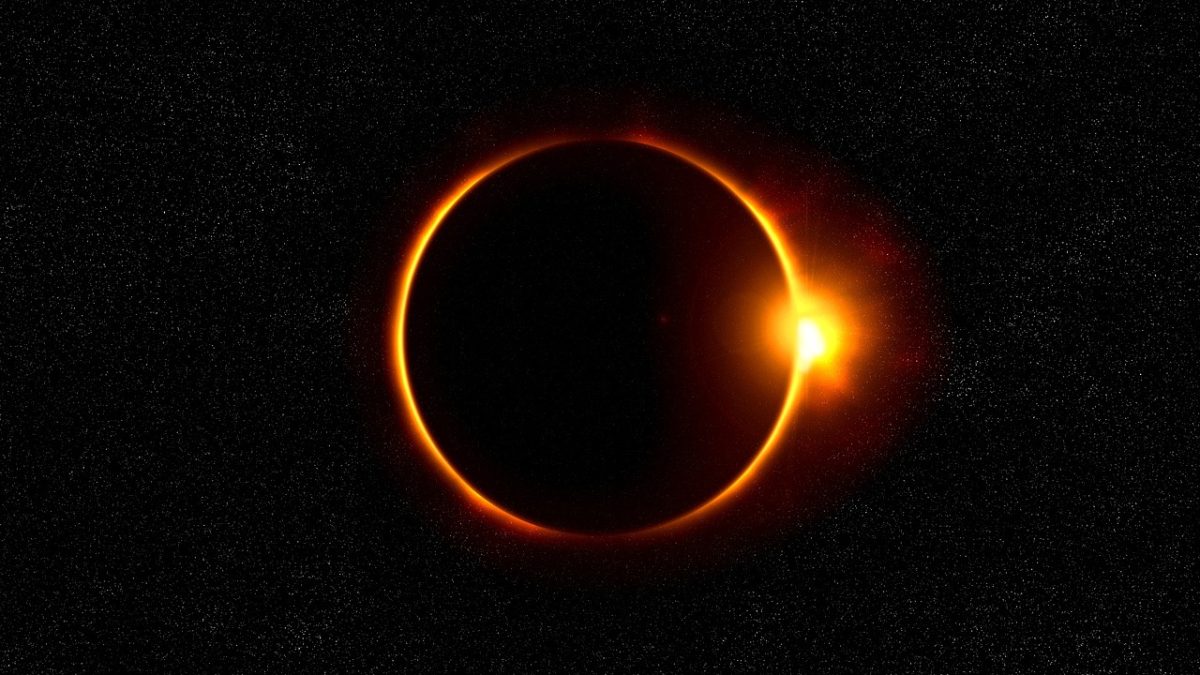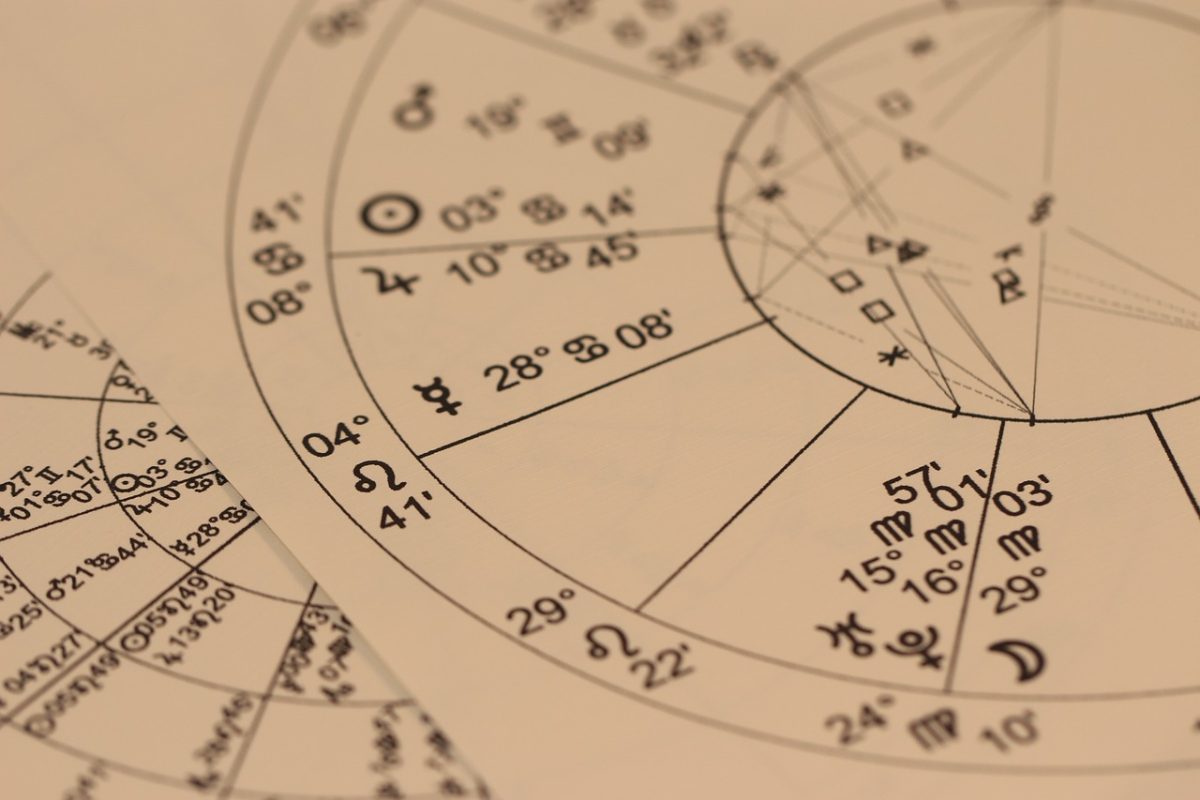ADD PICTURES OF EACH CONSTELLATION NEXT TO THE DESCTIPTION
There are 88 constellations in the night sky, 36 of those constellations lie in the northern hemisphere. Most of those constellations are associated with Greek myths and legends. Four northern constellations that are associated with these mythological stories are Cassiopeia, Andromeda, Orion, and Hercules/Heracules!
Cassiopeia
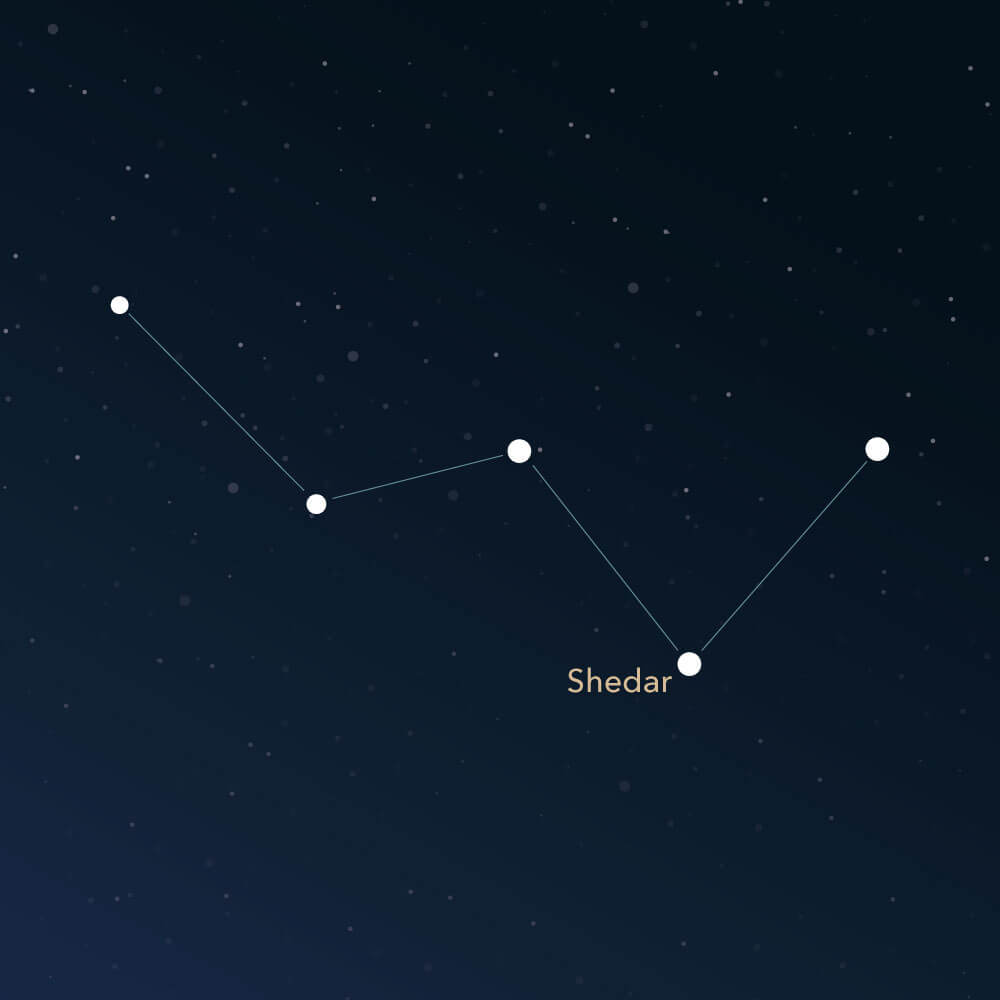
Cassiopeia is the 25th largest constellation and is in the first quadrant of the northern hemisphere. Cassiopeia is in the Perseus family of constellations along with Andromeda, Auriga, Cephus, Cetus, Lacerta, Pegasus, Perseus, and Triangulum. Cassiopeia contains eight named stars, three of which have known planets and two of which have Messier objects. This constellation is associated with the Perseid meteor shower and a queen from ancient Greek mythology. In mythology Cassiopeia is the wife of King Cepheus of Ethiopia. Once she bragged about being more beautiful than the Nereids. The Nereids were 50 sea nymphs fathered by the Titan Nereus, and they were enraged by Cassiopeia’s claims and appealed to Poseidon, who was married to the nymph Amphitrite. Poseidon obliged and sent Cetus, a sea monster, to ravage the coast of Cepheus’s kingdom. Cephes asked an oracle for help and was told that in order to appease the sea god, he had to sacrifice his daughter Andromeda to the sea monster. Cassiopeia and Cepheus reluctantly did so, and left their daughter chained to a rock for the monster to take. Thankfully Andromeda was saved last minute by the hero Perseus, who happened to be passing by and saw the princess in danger. Perseus and Andromeda later got married, but at the wedding a former suitor of Andromeda named Phineus showed up and claimed that he should be the one to marry Andromeda. A fight broke out and Perseus used the head of Medusa to win the fight since he was so outnumbered. One look at Medusa’s head turned all to stone, and the king and queen, Cepheus and Cassiopeia, did not look away when the head was revealed and were turned to stone as well. Poseidon is the one who put them into the sky, and according to the myth Cassiopeia was condemned to circle the celestial pole forever, and spends half of the year upside down as punishment for her vanity.
Andromeda
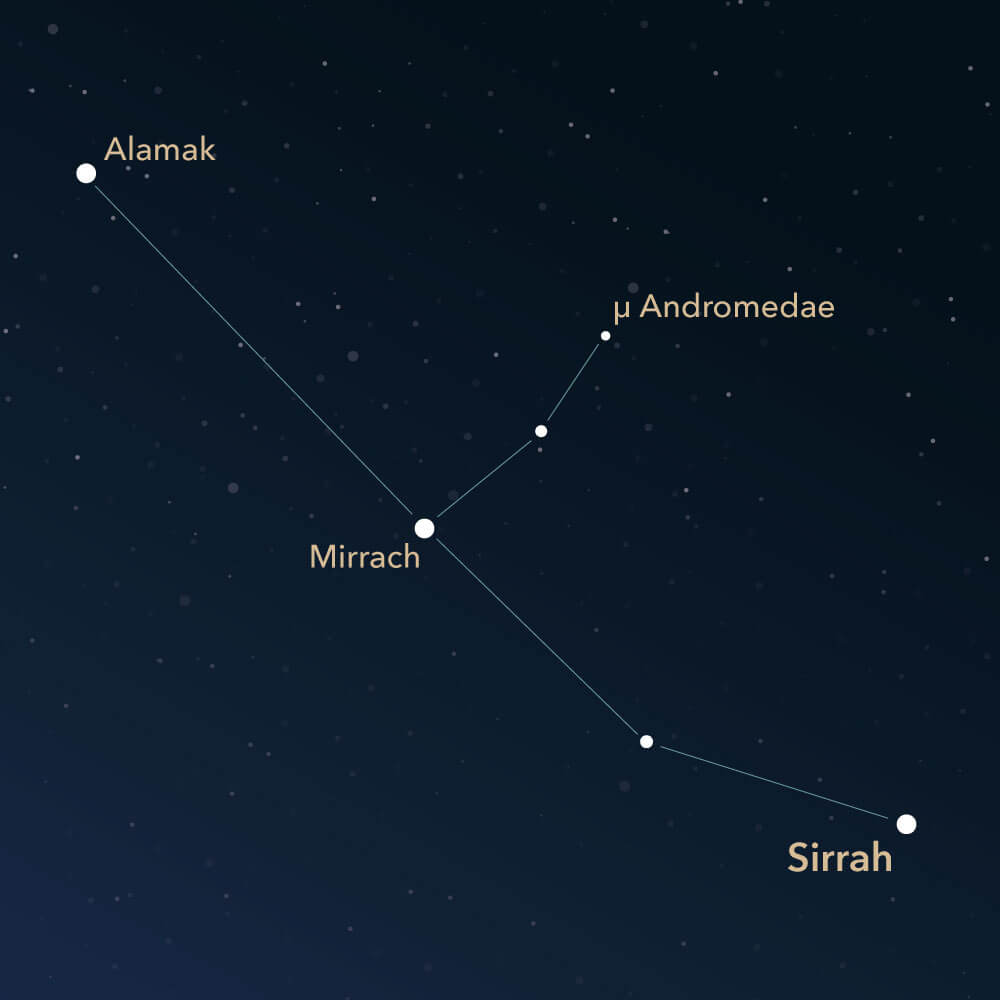
Andromeda and Perseus went on to have six children which included Gorgophone, who fathered Tyndareus, the famous spartan king, and Perses, who was an ancestor of the Persians. According to the myths, Athena commemorated Andromeda by placing her in the sky next to the constellations representing her husband and mother. The constellation Andromeda is the 19th largest constellation and is located in the first quadrant of the night sky. Andromeda contains nine named stars, several of which confirmed exoplanets. This constellation is associated with the Andromedids meteor shower. The meteor shower has faded since being discovered but some activity is still observable in mid-November.
Orion
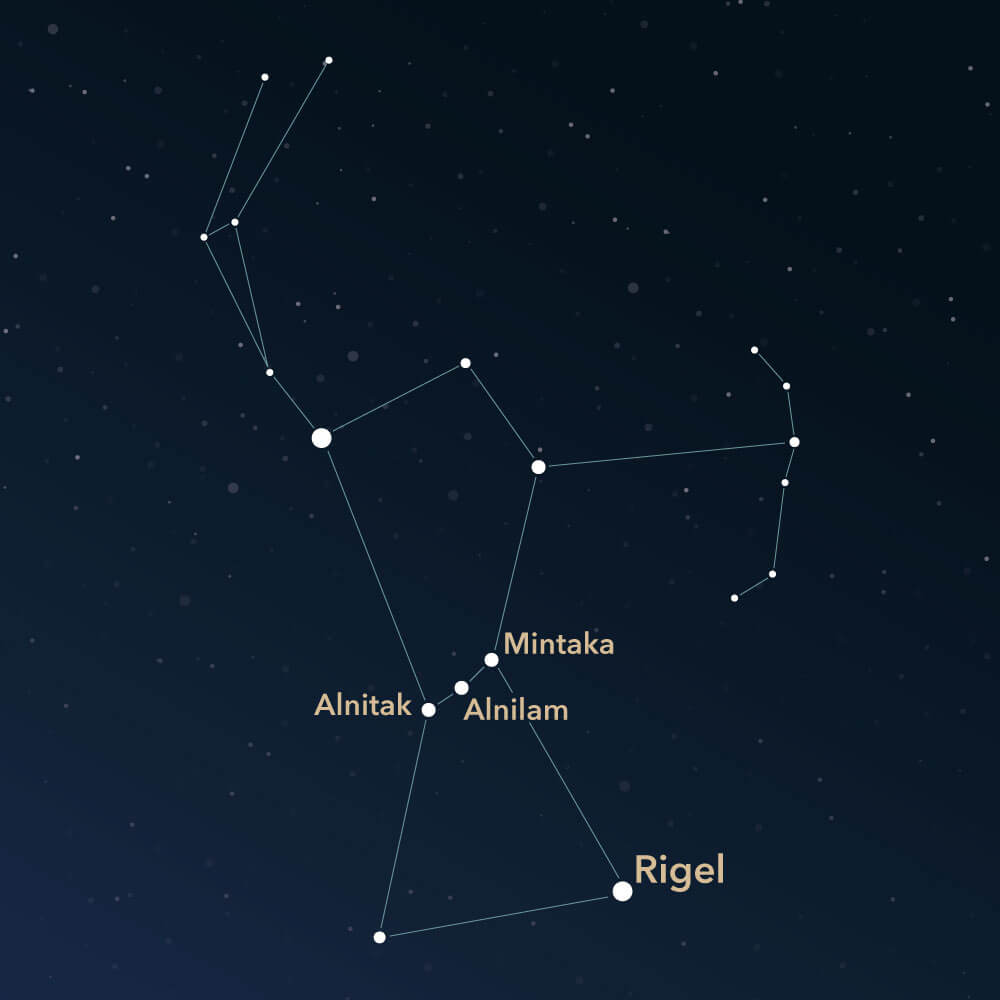
One of the brightest and most known constellations, Orion lies on the celestial equator and has been around since ancient times. This constellation is known as the hunter and represents the mythical hunter Orion. Orion is often depicted hunting down or fighting the nearby constellations Taurus, Pleiades, and Lepus with his two dogs, depicted as the constellation Canis Major and Canis Minor. Orion contains two of the ten brightest stars in the sky, a number of famous nebulae, and one of the most famous asterisms in the night sky. Orion is the 26th largest constellation and belongs to the Orion family of constellations along with Canis Major, Canis Minor, and Monoceros. Orion has three Messier objects and seven stars with known planets. Orion is associated with two meteor showers, the Orionids meteor shower and the Chi Orionids. In Greek mythology Orion was one of the most handsome men. He was the son of Poseidon, god of the sea, and Euryale, daughter of King Minos of Crete. Homer’s Odyssey describes him as exceptionally tall with an unbreakable bronze club.One myth says that Orion fell in love with the Pleiades, seven sisters who are the daughters of Atlas and Pleione. After Orion started pursuing them Zeus put them in the sky where they are now represented by a star cluster by the same name located in the Taurus constellation. Orion to this day can be seen chasing after them. Another myth says that Orion fell in love with Merope, the daughter of King Oenopion. She didn’t return his affections and one night after he had too much to drink, Orion tried to force himself on her. This enraged the king so he took Orion’s eyes and banished him. Hephaestus, the god of fire, blacksmiths, and craftsmen, felt bad for the blind wandering Orion and offered to have one of his assistants lead the hunter by acting as his eyes. Orion eventually found an oracle and was told that if he went east towards the sunrise his sight would be restored. Orion did this and his sight was magically healed. Most myths connect Orion’s end to a scorpion, but the stories can differ depending on who’s telling the tale. One myth says that Orion would constantly boast to the Goddess Artemis and her mother Leto that he could defeat any beast on earth. The Earth Goddess sent a scorpion which stung him. In another story, Orion tried to force himself on Artimus and she sent the scorpion, and in another story Orion was stung while trying to save Leto from the scorpion. All stories end the same way, Orion and the scorpion were placed on opposite sides of the sky so that when the scorpion rises into the sky Orion sets below the horizon in the west, running away from the scorpion. There is a myth of Orion’s passing that doesn’t involve the scorpion. The myth says that Artemis fell in love with the hunter and to stop her from giving up on her chastity, her brother Apollo dared her to hit a small target from really far away with her bow and arrow. Artemis did this, not knowing that the target was Orion, and she hit the target first try. Upset by his death, Artemis placed his body among the stars.
Hercules/Heracles

Hercules is the 5th largest constellation in the sky, and is named the Roman name for the Greek hero Heracles. Hercules belongs to the Hercules family of constellations along with Aquila, Ara, Centaurus, Corona Australis, Corvus, Crater, Crux, Cygnus, Hydra, Lupus, Lyra, Ophiuchus, Sigitta, Scutum, Sextuns, Serpens, Triangulum Australe, and Vulpecula. Hercules contains two Messier objects, 12 stars with known planets, and 11 formally named stars. The Tau Herculids are the only meteor shower that this constellation is associated with. The Hercules constellation dates back to ancient times and its origin was unclear even to the Greeks. The Greeks knew the constellation as the kneeling one and it was Eratosthenes, a Greek mathematician and geographer, who identified the constellation as Heracles. According to him the constellation depicted the hero Heracles standing over the dragon that guarded the garden of the Hesperides. Aeschylus, a Greek Tragedian, associated the constellation with a different myth, he said that the constellation showed Heracles exhausted and kneeling after a battle with the Ligurians. Heracles was the son of Zeus and Alcmene, a mortal woman. When he was an infant it’s said that Zeus laid Heracles at Hera’s breast while she slept and had him drink her milk. After doing so Heracles became immortal, which enraged Hera and caused her to make Heracles’ life difficult at every turn. Hera cast a spell on Heracles that made him lose his mind, and turn against his children. Once he regained control over himself he realized what he had slain his family and went to go visit the Oracle at Delphi to see how he could atone for his crime. The Oracle sent him to work for the king of Mycenae, Eurystheus, for 12 years. That is when he got the name Heracles, meaning “The glory of Hera”, his given name at birth was Alcides, Alcaeus, or Palemon depending on what source you use. King Eurystheus gave Heracles several tasks, known as the Labours of Heracles. The first task was to defeat the Nemean lion, which was a beast with impenetrable skin. Heracles strangled the lion and used its claws to skin it, he then used the pelt for a cloak and the gaping head for a helmet. Heracles second task was to defeat the Hydra, a monster with multiple heads. As Heracles fought the monster Hera sent a crab to distract him, Heracles killed the crab and defeated the Hydra. Then Heracles had to catch a deer with golden horns, and then a ferocious bear. After that Heracles was tasked with cleaning the stables of king Augeas of Elis. The sixth task was to kill a flock of marauding birds, and the seventh task was to catch a bull that breathed fire. The eighth task was to bring the horses of king Diomedes of Thrace, which ate flesh, to Eurystheus, and the ninth task was to bring the king the pelt of Hippolyte. The tenth task was to steal the cattle of Geryon, a monster that lived on the island Eurythia. Even though Eurystheus and Heracles originally agreed on ten tasks, the king refused to free Heracles until he completed another two tasks. The first new task was to steal golden apples from Hera’s garden. Hera’s garden was guarded by the Hesperides, the daughters of Atlas, and the Hesperides were guarded by the dragon Ladon. The last task was the most difficult, Heracles had to sneak down into the underworld and get Cerberus, a dog with three heads who was tasked with making sure no one leaves the underworld. Heracles used his pelt to protect himself and dragged Cerberus to Eurystheus. When Heracles returned after completing the additional two labors, the king had no choice but to free him. Heracles died when his wife Deianira smeared what she thought was a love charm onto his shirt when she thought he was falling for another woman. The love charm was the blood of the centaur Nessus, which was tainted with the poison of the Hydra. When Heracles put on the shirt the poison started to burn his flesh, once he realized what was happening he built himself a pyre on Mount Oeta and laid on his pelt, accepting his fate. The fire burned the mortal part of him and allowed his immortal half to join his father Zeus and the other gods in Olympus. Zeus placed Heracles in the sky as the constellation now known by the Roman name Hercules.
Feel free to comment about anything you found interesting or to request what constellation you’d like to learn about next, and check back in next month for more constellations!













